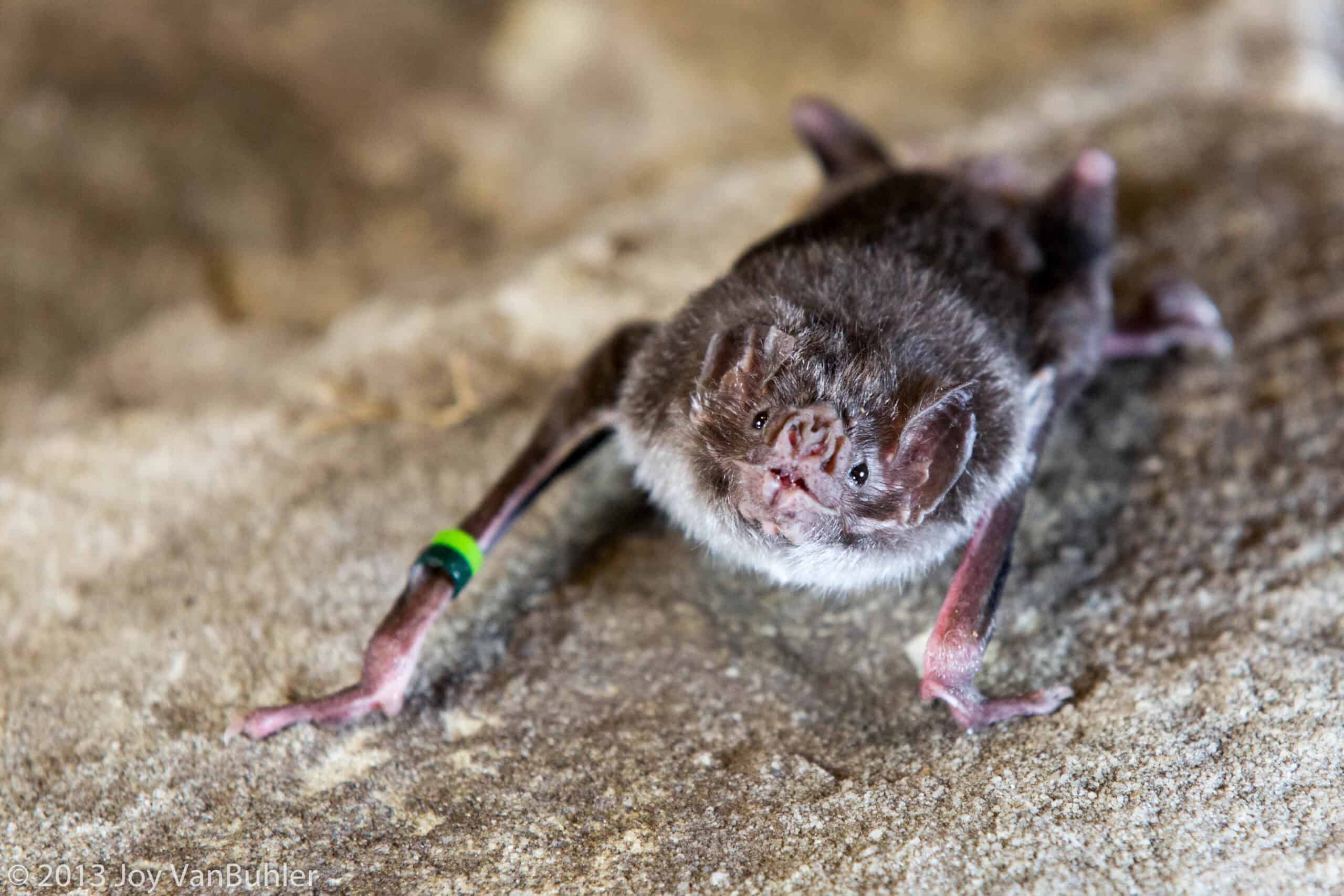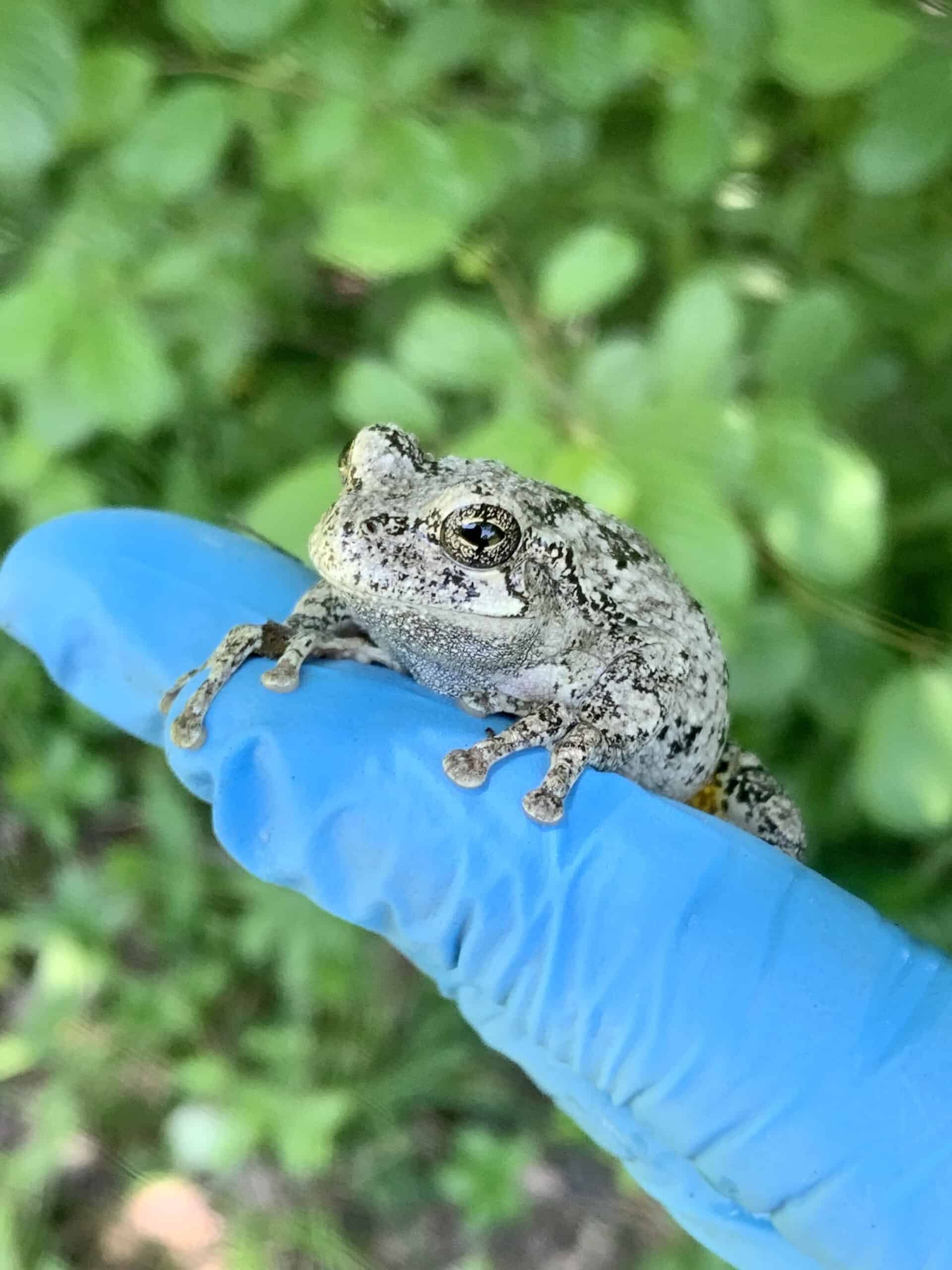Share this article
Researchers Confirm Snake Fungal Disease Culprit
Researchers have identified the fungus that’s causing snake fungal disease, an emerging disease in the eastern and midwestern United States that causes lesions on a number of snake species.
While past research has confirmed the fungus Ophidiomyces ophiodiicola in the snakes’ lesions, researchers hadn’t tested whether the fungus is the agent causing the disease. “Just because something is correlated with disease, doesn’t necessarily make it the causative agent,” said Jeffrey Lorch, a microbiologist at the United States Geological Survey National Wildlife Health Center and lead author of the study published in mBio, an open-access journal of the American Society for Microbiology.
Lorch, a member of The Wildlife Society, was able to prove this. With his research team, Lorch took healthy corn snakes (Pantherophis guttatus) bred in captivity and exposed them to the fungus to see if they developed the same clinical and microscopic signs of the disease. After touching fine grain sandpaper to the snakes’ skin to create abrasions, researchers inoculated the fungus onto the snakes’ skin. “We also put it on the animals that didn’t have their skin abraded,” Lorch said. The team also had a control group that wasn’t exposed to the fungus at all.
The snakes with abraded skin were more likely to come down with the infection, Lorch said. In the wild, Lorch said that it probably isn’t uncommon for snakes to develop the small cuts they simulated in the experiment by simply from crawling on the ground. The team found that none of the snakes from the control group contracted the disease, while all of the ones in the experimental group did.
The team was also surprised by some of their observations in the laboratory. They saw snakes that were infected were exposed in certain areas of their cages although there was no basking light or heat gradient. In the wild, snakes have been observed doing similar abnormal behaviors such as basking in winter when they should be hibernating. “It’s interesting that we saw this in the lab, too,” Lorch said. With this knowledge, some biologists have proposed opening forest canopy where some rattlesnake dens are becoming shaded, so the snakes’ get more sun exposure to fight off the infection.
They also found that the snakes exposed to the fungus molted almost twice as frequently as the control group, which was abnormal. They were likely doing this in an attempt to shed the fungus from their skin, Lorch said.
“There was strong evidence before that showed the fungus probably was the cause,” Lorch said. “But we didn’t have complete confirmation. Now that we know, we can focus our attention specifically on that fungus and its interactions with snakes that result in disease progression.”








